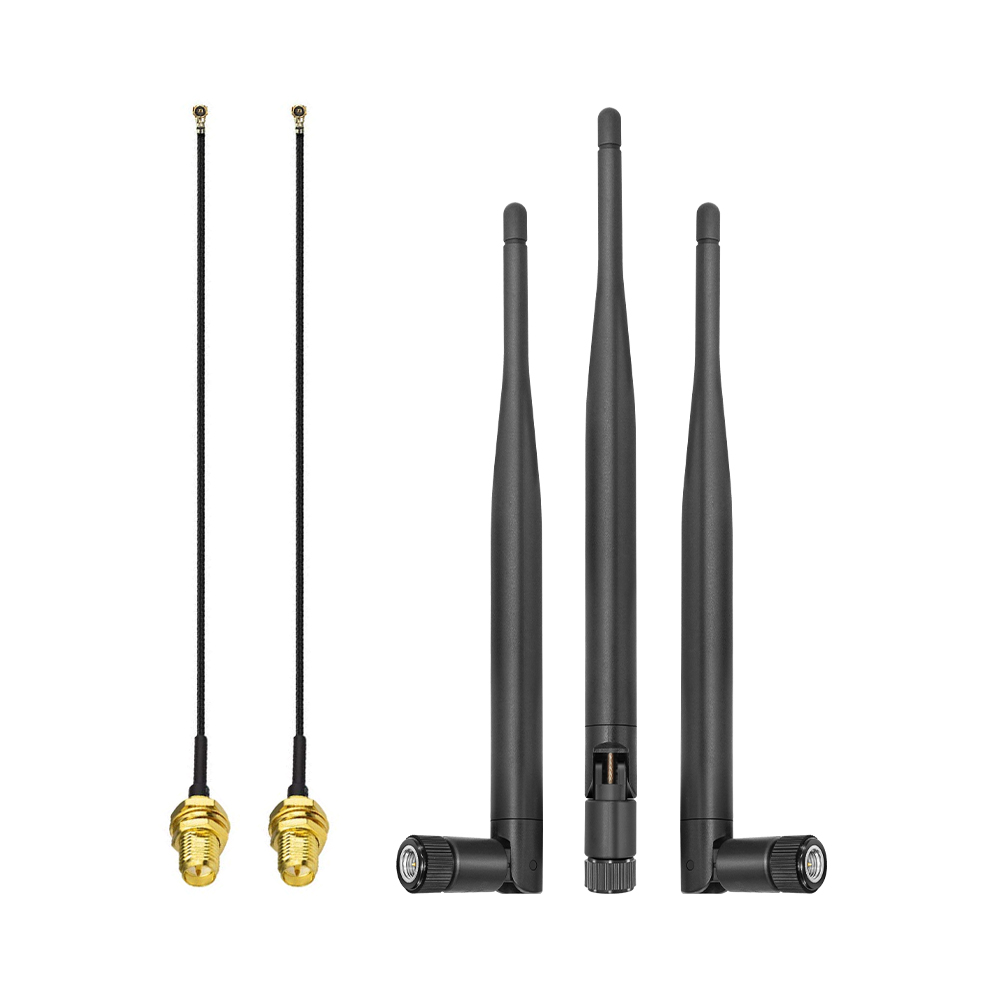In recent years, UWB antennas have gained significant attention due to their unique capabilities and applications in various fields. But what exactly are UWB antennas, and how do they function? This article aims to provide a comprehensive understanding of UWB antennas, their working principles, and their relevance in today’s technological landscape.

What are UWB Antennas?
UWB antennas, or Ultra-Wideband antennas, are designed to operate over a wide frequency range, typically exceeding 500 MHz. This broad bandwidth allows for high data rates and precise location tracking, making them ideal for applications in wireless communication, radar systems, and positioning technologies. The ability to transmit large amounts of data quickly is one of the key advantages of UWB technology.
How Do UWB Antennas Work?
The functionality of UWB antennas is rooted in their ability to emit and receive signals across a vast frequency spectrum. Unlike traditional antennas that operate within narrow frequency bands, UWB antennas utilize short pulses of radio frequency energy. This method enables them to achieve high-resolution imaging and accurate distance measurements.
- Time Domain Transmission: UWB antennas transmit information in the time domain, allowing for precise timing measurements.
- Low Power Consumption: These antennas consume less power compared to conventional systems, making them suitable for battery-operated devices.
- Interference Resistance: The wide frequency range helps UWB antennas resist interference from other wireless signals.
Applications of UWB Antennas
UWB antennas are employed in a variety of applications, showcasing their versatility and effectiveness. Some notable applications include:
- Wireless Communication: UWB technology facilitates high-speed data transfer in personal area networks.
- Location Tracking: UWB antennas are widely used in indoor positioning systems, providing accurate location data.
- Automotive Systems: They enhance vehicle safety features through collision avoidance and proximity detection.
- Healthcare: UWB technology is utilized in medical devices for patient monitoring and tracking.
The Future of UWB Antennas
As technology continues to evolve, the demand for UWB antennas is expected to rise. Their ability to support emerging technologies such as the Internet of Things (IoT) and smart home devices positions them as a critical component in future innovations. With ongoing research and development, we can anticipate even more advanced applications and improved performance in UWB technology.
For those interested in exploring a range of uwb antennas, consider visiting  . This resource provides valuable insights into various antenna designs and their specifications.
. This resource provides valuable insights into various antenna designs and their specifications.
Conclusion
In summary, UWB antennas represent a significant advancement in antenna technology, offering unique advantages in speed, accuracy, and efficiency. As we continue to integrate these antennas into various applications, their impact on modern technology will undoubtedly grow. Understanding their functionality and potential applications is essential for anyone interested in the future of wireless communication and positioning systems.








